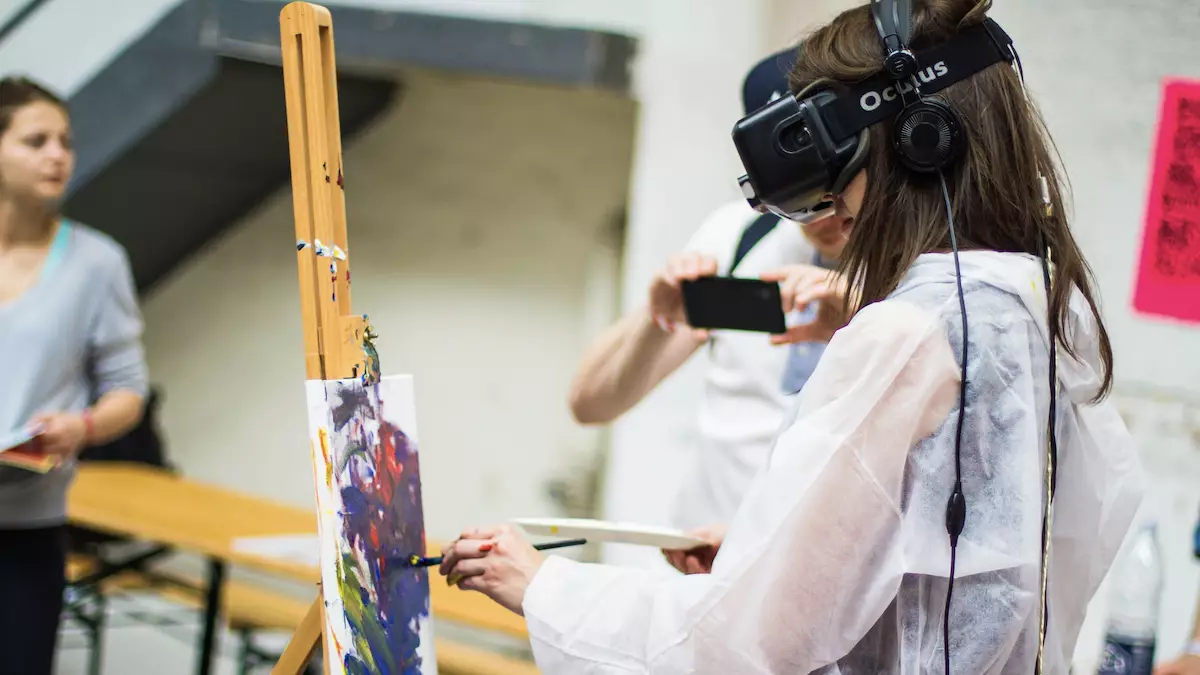Virtual Reality (VR) and Augmented Reality (AR) development have been revolutionizing the tech industry. These advancements require a variety of programming languages to bring these immersive experiences to life. Some of the most popular programming languages for VR and AR development include C#, Unity, and Unreal Engine. Each language has its own unique set of features and benefits that cater to the specific needs of VR and AR applications.
To embark on a journey into VR and AR development, having access to learning resources is crucial. Thankfully, there is a wealth of online tutorials, courses, and documentation available for popular VR and AR platforms. Utilizing these resources allows aspiring developers to enhance their skills, practice, and seek help whenever needed. This comprehensive learning process makes the intricate world of VR and AR more manageable and opens doors to endless possibilities.
Distinguishing Between AR and VR
Although AR and VR are often mentioned in the same breath, there are fundamental differences between the two technologies. AR overlays digital information onto the user’s real-world experience, typically on mobile devices or augmented reality glasses/headsets like Google Glass or Microsoft HoloLens. On the other hand, VR creates a computer-generated artificial environment that immerses users in a simulated world. Understanding the distinctions between these technologies is essential for utilizing them effectively in various industries.
The landscape of VR and AR technologies is continuously evolving, making it crucial for developers to stay up-to-date with the latest developments, tools, and best practices. These immersive technologies open doors to exciting new possibilities in branding, gaming, e-commerce, and education. To make the most of this rapidly evolving field, developers must not focus solely on improving existing applications but instead imagine and create brand-new business processes that can leverage the power of VR and AR.
Virtual Reality offers a unique experience by creating a computer-generated artificial environment that simulates real or imaginary worlds. With the use of sensors, headsets, and gloves, users can explore these virtual surroundings and feel fully immersed. VR is one of the most immersive forms of technology, allowing users to engage with 3D images and even practice complex real-world activities without any risks. From surgical simulations to flight simulations, VR opens up a world of possibilities.
Tools for VR and AR Development
Creating VR and AR applications requires utilizing various tools and programming languages. Unity and Unreal Engine are two of the most popular game engines for developing immersive experiences. Unity, in particular, stands out with its large community and user-friendly interface. It utilizes a scripting language called UnityScript, which is based on JavaScript. Other options for creating AR and VR applications include WebGL and Lua. WebGL is a cross-platform framework that enables developers to create interactive web experiences, while Lua is a lightweight programming language known for its use in video games and devices with lower computing power.
To create immersive experiences within the metaverse, advanced technologies such as cloud computing, networking, and storage play a crucial role. These technologies support the creation of large virtual spaces and allow for seamless interactions. Additionally, artificial intelligence (AI) is essential for making virtual characters realistic and intelligent. AI can analyze users’ actions within the virtual world and provide personalized recommendations. This combination of technologies paves the way for an interconnected metaverse.
Companies Embracing the Metaverse
Many tech companies are positioning themselves to become portals to the metaverse. Nvidia, a leader in video game chips, is heavily investing in this arena. Microsoft, on the other hand, utilizes its Mesh platform to offer virtual work environments through collaborations such as the one with Accenture. This collaboration uses a virtual amusement park called “One Accenture Park” to onboard new hires, providing immersive, collaborative experiences. While the metaverse is still in its early stages, these examples showcase the potential of VR and AR in transforming how businesses operate.
As VR and AR technologies become more commonplace, it is crucial for companies to gain a clear understanding of their potential. Despite existing hurdles, such as technical limitations and price points, the future of VR and AR is promising. These immersive technologies have the power to create engaging user experiences that redefine how we work, play, and live. As companies continue to explore opportunities in this emerging field, the demand for skilled programmers with VR and AR expertise will grow.
The Bridge Between Traditional and Immersive Applications
The beauty of VR and AR development lies in the fact that many of the same concepts and programming languages used to create traditional applications can be applied to VR and AR hardware. This means that developers can leverage existing knowledge and skills when venturing into VR and AR development. This bridging of traditional and immersive applications opens up new career paths for programmers and encourages the growth of the VR and AR ecosystem.
VR and AR development has transformed the tech industry, offering exciting possibilities across various domains. From understanding the distinctions between AR and VR to exploring the tools and languages required for development, venturing into this immersive world requires dedication and a thirst for continuous learning. As the technology evolves and the metaverse becomes a reality, the demand for skilled VR and AR professionals will increase. By embracing these technologies, developers have the power to reshape our digital experiences and create a world where virtual and real-world interactions seamlessly coexist.


Leave a Reply